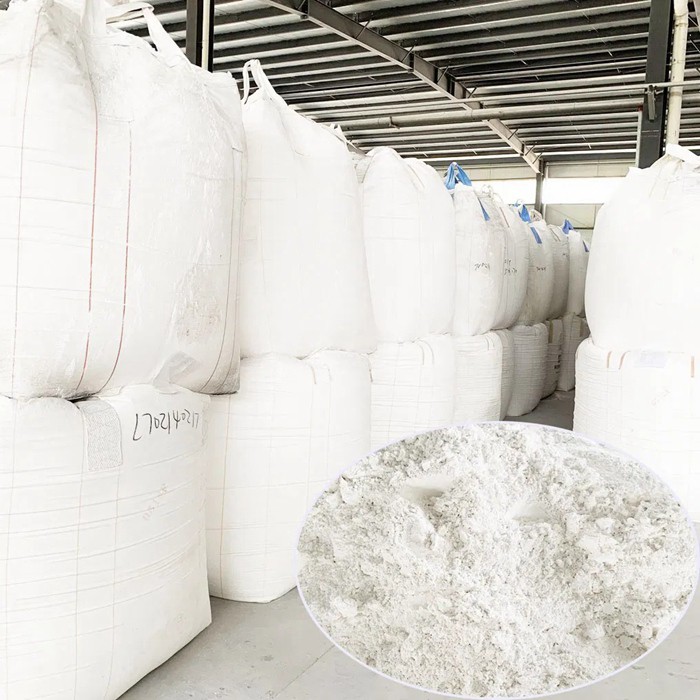Baby powder and dust-removing powder made from corn are available for sale
Product description
For generations, baby powder has been a staple on nursery shelves, synonymous with comfort, freshness, and gentle care. Its classic scent and soft feel evoke a sense of nostalgia and tradition. But what exactly is this iconic product, and how is it used in modern childcare?

Traditionally, the star ingredient in baby powder was talcum powder, derived from a mineral called talc. Its primary function was to absorb excess moisture, reducing friction and helping to prevent diaper rash and skin irritation. For decades, it was a go-to solution for keeping babies' skin dry and comfortable in the diaper area, under the chin, and in other skin folds.
However, the landscape of baby powder has evolved significantly due to health concerns. In its natural form, talc can contain asbestos, a known carcinogen. While strict regulations since the 1970s require cosmetic-grade talc to be asbestos-free, ongoing debates and lawsuits regarding potential health risks have led to a major shift.
Today, the vast majority of baby powders on the market are talc-free. The modern, safe alternative is cornstarch-based. Cornstarch is a natural, plant-derived ingredient that is highly absorbent and exceptionally gentle on delicate skin. It effectively soothes irritation and absorbs moisture without the associated health concerns, making it the preferred choice for pediatricians and parents alike.
How is it Used?
The key to using any baby powder is moderation and caution. The goal is to achieve a light dusting, not a cloud. The recommended method is:
Pour a small amount of powder into your hand, away from the baby's face.
Gently pat it onto the baby's clean, dry skin, focusing on areas prone to dampness.
Never shake the powder directly onto the baby. Inhaling any fine powder particles, whether talc or cornstarch, can irritate tiny lungs.

Important Considerations for Modern Parents:
Talc vs. Cornstarch: Always check the label. For any new parent, a cornstarch-based powder is the recommended and safest option.
Inhalation Risk: This is the primary safety concern with any powder. Apply it carefully and keep the container securely closed and out of the child's reach.
Diaper Rash: While effective for moisture control, powder is not a treatment for an existing rash. Barrier creams or ointments are often more effective for treatment and protection.
In conclusion, baby powder remains a symbol of baby care, but its formulation has changed for the better. Modern, cornstarch-based powders offer a safe and effective way to help keep skin dry and comfortable. As with any product, informed and careful use is the key to ensuring your baby’s well-being, allowing this classic product to continue its role in providing a little extra comfort and freshness.
Recommended products
